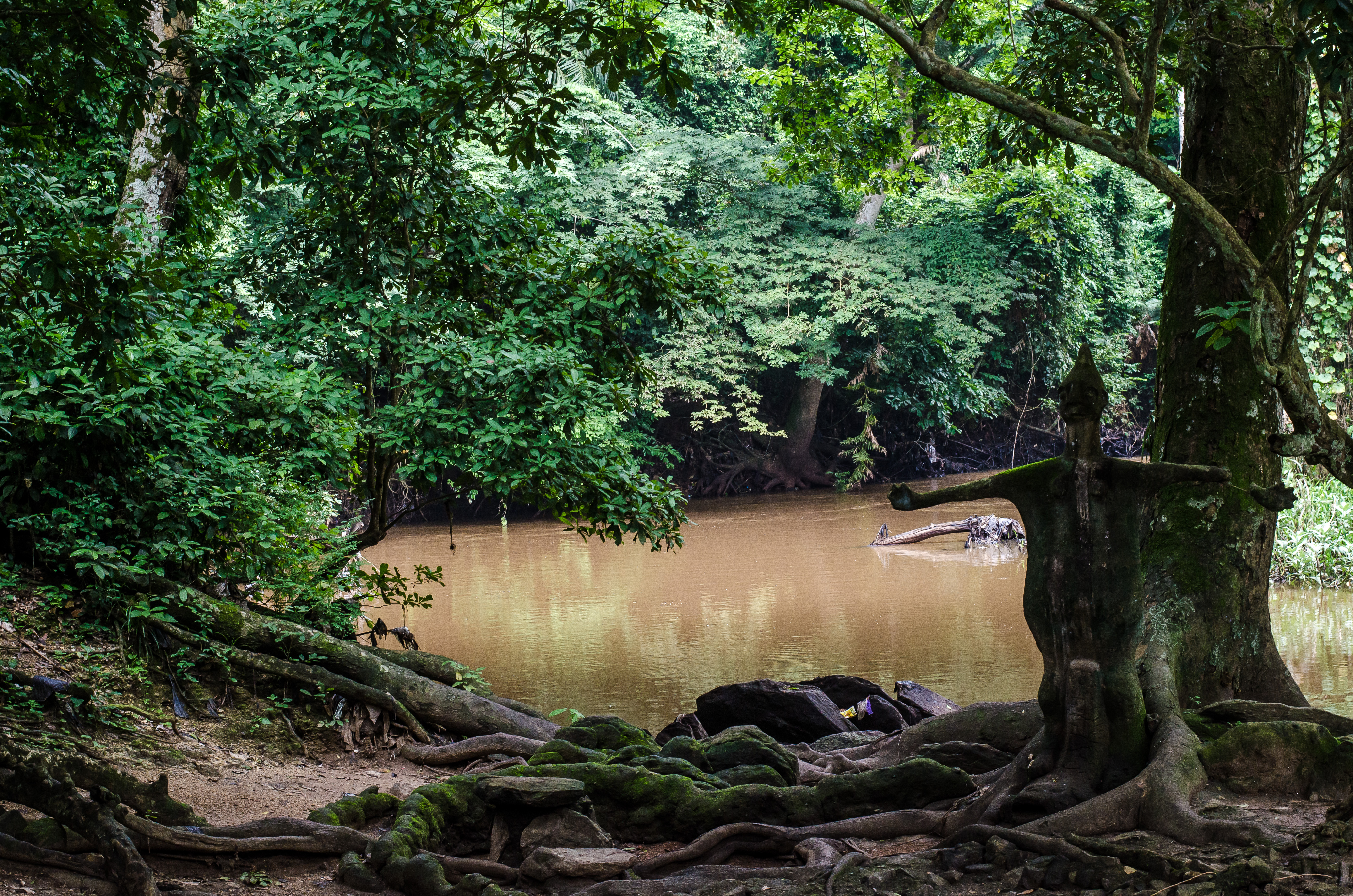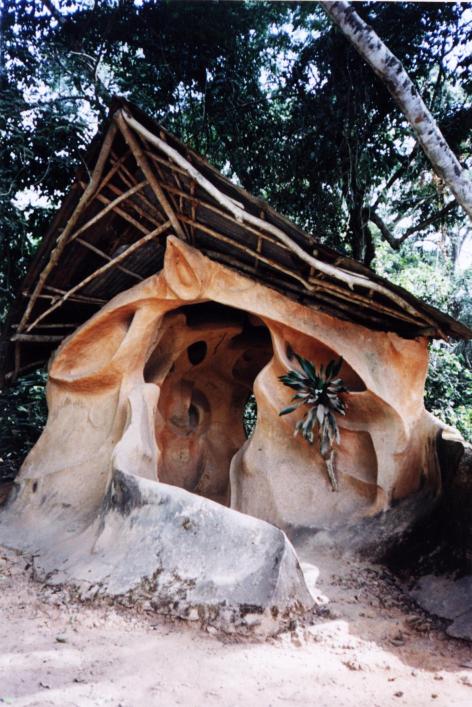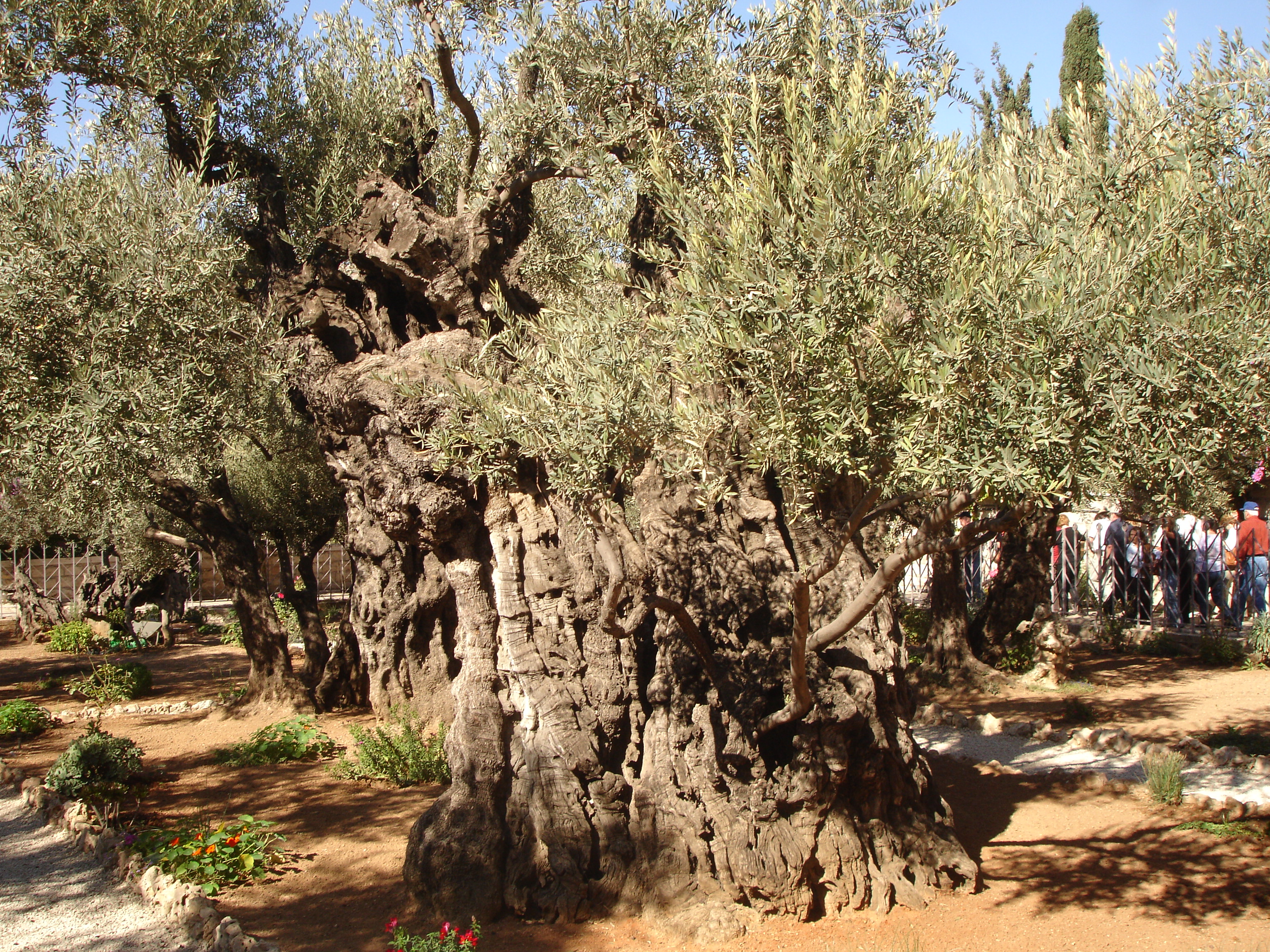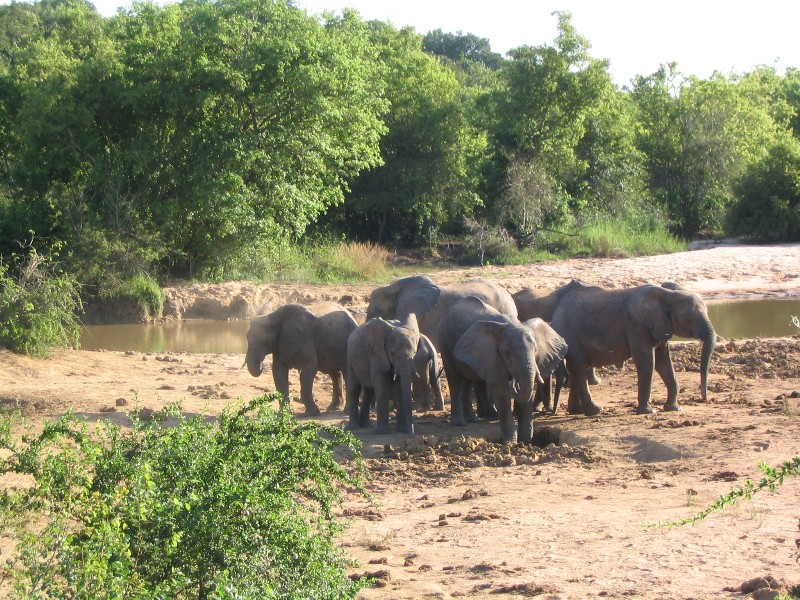|
Osun-Osogbo
Osun-Osogbo is a sacred grove along the banks of the Osun river just outside the city of Osogbo, Osun State of Nigeria. The Osun-Osogbo Grove is several centuries old and is among the last of the sacred forests that once adjoined the edges of most Yoruba people, Yoruba cities before extensive urbanization. In recognition of its global significance and its cultural value, the Sacred Grove was inscribed as a UNESCO World Heritage Site in 2005. The 1950s witnessed the desecration of the Osun-Osogbo Grove: shrines were neglected and priests abandoned the grove as customary responsibilities and sanctions weakened. Prohibited actions like fishing, hunting and falling of trees in the Grove was done indiscriminately until an Austrian national named Susanne Wenger (1915-2009) helped to reinstate traditional protections. With the support and encouragement of the Oba (ruler), Ataoja (the royal king of the time) and the support of the concerned local people. Wenger "formed the New Sacred Art ... [...More Info...] [...Related Items...] OR: [Wikipedia] [Google] [Baidu] |
Yoruba People
The Yoruba people (, , ) are a West African ethnic group that mainly inhabit parts of Nigeria, Benin, and Togo. The areas of these countries primarily inhabited by Yoruba are often collectively referred to as Yorubaland. The Yoruba constitute more than 42 million people in Africa, are a few hundred thousand outside the continent, and bear further representation among members of the African diaspora. The vast majority of the Yoruba population is today within the country of Nigeria, where they make up 21% of the country's population according to CIA estimations, making them one of the largest List of ethnic groups of Africa, ethnic groups in Africa. Most Yoruba people speak the Yoruba language, which is the Niger–Congo languages, Niger-Congo language with the largest number of native or L1 speakers. In Africa, the Yoruba are contiguous with the Yoruboid languages, Yoruboid Itsekiri to the south-east in the northwest Niger Delta, Bariba people, Bariba to the northwest in Benin a ... [...More Info...] [...Related Items...] OR: [Wikipedia] [Google] [Baidu] |
Osun State
Osun State (; yo, Ìpínlẹ̀ Ọ̀ṣun), occasionally known as the State of Osun by the state government, is a state in southwestern Nigeria; bounded to the east by Ekiti and Ondo states, to the north by Kwara State, to the south by Ogun State and to the west by Oyo State. Named for the River Osun—a vital river which flows through the state—the state was formed from the southeast of Oyo State on 27 August 1991 and has its capital as the city of Osogbo. Of the 36 states of Nigeria, Osun is the ninth smallest in area and nineteenth most populous with an estimated population of about 4.7 million as of 2016. Geographically, the state is divided between the Nigerian lowland forests in most of the state and the drier Guinean forest–savanna mosaic in the north. The major geographical features are rivers including the state's namesake, the River Osun which bisects the state's interior before forming much of the state's southwestern border with Oyo State and flowing south. ... [...More Info...] [...Related Items...] OR: [Wikipedia] [Google] [Baidu] |
Sacred Grove
Sacred groves or sacred woods are groves of trees and have special religious importance within a particular culture. Sacred groves feature in various cultures throughout the world. They were important features of the mythological landscape and cult practice of Celtic, Estonian, Baltic, Germanic, ancient Greek, Near Eastern, Roman, and Slavic polytheism; they also occur in locations such as India, Japan ( sacred shrine forests), West Africa and Ethiopia ( church forests). Examples of sacred groves include the Greco-Roman ''temenos'', various Germanic words for sacred groves, and the Celtic ''nemeton'', which was largely but not exclusively associated with Druidic practice. During the Northern Crusades of the Middle Ages, conquering Christians commonly built churches on the sites of sacred groves. The Lakota and various other North American tribes regard particular forests or other natural landmarks as sacred places. Singular trees which a community deems to hold religious s ... [...More Info...] [...Related Items...] OR: [Wikipedia] [Google] [Baidu] |
Sacred Groves
Sacred groves or sacred woods are groves of trees and have special religious importance within a particular culture. Sacred groves feature in various cultures throughout the world. They were important features of the mythological landscape and cult practice of Celtic, Estonian, Baltic, Germanic, ancient Greek, Near Eastern, Roman, and Slavic polytheism; they also occur in locations such as India, Japan ( sacred shrine forests), West Africa and Ethiopia ( church forests). Examples of sacred groves include the Greco-Roman ''temenos'', various Germanic words for sacred groves, and the Celtic ''nemeton'', which was largely but not exclusively associated with Druidic practice. During the Northern Crusades of the Middle Ages, conquering Christians commonly built churches on the sites of sacred groves. The Lakota and various other North American tribes regard particular forests or other natural landmarks as sacred places. Singular trees which a community deems to hold religious ... [...More Info...] [...Related Items...] OR: [Wikipedia] [Google] [Baidu] |
Susanne Wenger
Susanne Wenger MFR, also known as Adunni Olorisha (4 July 1915 – 12 January 2009), was an Austrian-Nigerian artist and Yoruba priestess who expatriated to Nigeria. Her main focus was the Yoruba culture and she was successful in building an artist cooperative in Osogbo.Obituary theguardian.com, 26 March 2009; accessed 2 April 2017. She partnered with local artists in Osogbo to redevelop and redecorate the Osun Osogbo Sacred Grove with and carvings depicting the various activities of the |
Osogbo
Osogbo (also ''Oṣogbo'', rarely ''Oshogbo'') is a city in Nigeria. It became the capital city of Osun State in 1991. Osogbo city seats the Headquarters of both Osogbo Local Government Area (situated at Oke Baale Area of the city) and Olorunda Local Government Area (situated at Igbonna Area of the city). It is some 88 kilometers by road northeast of Ibadan. It is also by road south of Ilorin(kwara state) and northwest of Akure. Osogbo shares boundaries with Ikirun, Ilesa, Ede, Egbedore, Ogbomosho and Iragbiji and is easily accessible from any part of the state because of its central nature. It is about 48 km from Ife, 32 km from Ilesa, 46 km from Iwo, 48 km from Ikire and 46 km from Ila-Orangun; The city had a population of about 500,000 people and an approximate land area of 2875 km2 the postal code of the area is 230. Infrastructure and demographics Osogbo lies on the railway line from Lagos to Kano. It is known for the Osogbo School of A ... [...More Info...] [...Related Items...] OR: [Wikipedia] [Google] [Baidu] |
Tourism In Nigeria
Tourism in Nigeria centers largely on events, due to the country's ample amount of ethnic groups, but also includes rain forests, savannah, waterfalls, and other natural attractions. Tourists spent 2,6 billion USD in Nigeria in 2015, this dropped to 1,5 billion USD in 2017, probably due to the rise of the Boko Haram insurgency of 2015. Attractions Abuja is home to several parks and green areas with the largest one being Millennium Park. Millennium Park was designed by architect Manfredi Nicoletti and was officially opened by the United Kingdom's Elizabeth II in December 2003. Another open area park is located in Lifecamp Gwarimpa; near the residence of the Minister of the Federal Capital Territory. The park is located on a slightly raised hilltop which contains sport facilities like Basketball and Badminton courts another park is the city park, it is located in wuse 2 and is home to numerous outdoor and indoor attractions such as a 4D cinema, astro-turf, lawn tennis court, ... [...More Info...] [...Related Items...] OR: [Wikipedia] [Google] [Baidu] |
COVID-19 Pandemic In Nigeria
The COVID-19 pandemic in Nigeria is part of the worldwide pandemic of coronavirus disease 2019 () caused by severe acute respiratory syndrome coronavirus 2 (). The first confirmed case in Nigeria was announced on 27 February 2020, when an Italian national in Lagos tested positive for the virus. On 9 March 2020, a second case of the virus was reported in Ewekoro, Ogun State, a Nigerian citizen who came into contact with the Italian national. The effect of the virus in Nigeria has become notable worldwide for being extremely understated, as there have been just under 255,000 confirmed cases in a country of 200 million+; however, there has been far less testing for the virus in Nigeria than other countries. Deaths however have been minimal (3,143). This has been credited to a warmer climate, far younger populations (fewer people in care homes), faster government responses, and, crucially, experience in dealing with recent epidemics, such as the Ebola virus, that most Western ... [...More Info...] [...Related Items...] OR: [Wikipedia] [Google] [Baidu] |
Sacred Sites In Traditional African Religions
Sacred describes something that is dedicated or set apart for the service or worship of a deity; is considered worthy of spiritual respect or devotion; or inspires awe or reverence among believers. The property is often ascribed to objects (a " sacred artifact" that is venerated and blessed), or places (" sacred ground"). French sociologist Émile Durkheim considered the dichotomy between the sacred and the profane to be the central characteristic of religion: "religion is a unified system of beliefs and practices relative to ''sacred things'', that is to say, things set apart and forbidden." Durkheim, Émile. 1915. ''The Elementary Forms of the Religious Life''. London: George Allen & Unwin. . In Durkheim's theory, the sacred represents the interests of the group, especially unity, which are embodied in sacred group symbols, or using team work to help get out of trouble. The profane, on the other hand, involve mundane individual concerns. Etymology The word ''sacred'' desce ... [...More Info...] [...Related Items...] OR: [Wikipedia] [Google] [Baidu] |
Religion In Nigeria
Religion in Nigeria (being the most populous African country with a population of over 225 million as of 2022) is said to be different and diverse. The country is home to some of the world's largest Christian and Muslim populations, simultaneously. Nigeria is divided roughly in half between Muslims, who live mostly in the north, and Christians, who live mostly in the south east; indigenous religions, such as those native to the Igbo and Yoruba ethnicities, are in the minority. The Christian share of Nigeria's population is on decline due to lower fertility rate compared to Muslims in the north. Most Nigerian Christians are Protestant (broadly defined), though about a quarter are Catholic. The majority of Nigerian Muslims are either Sunni or non-denominational Muslims. Many Sunni Muslims are members of Sufi brotherhoods or Tariqa. Most Sufis follow the Qadiriyya, Tijaniyyah or Mouride movement. A significant Shia minority also exists (''see Shia in Nigeria''). There are also ... [...More Info...] [...Related Items...] OR: [Wikipedia] [Google] [Baidu] |
World Heritage Sites In Nigeria
In its most general sense, the term "world" refers to the totality of entities, to the whole of reality or to everything that is. The nature of the world has been conceptualized differently in different fields. Some conceptions see the world as unique while others talk of a "plurality of worlds". Some treat the world as one simple object while others analyze the world as a complex made up of many parts. In ''scientific cosmology'' the world or universe is commonly defined as " e totality of all space and time; all that is, has been, and will be". '' Theories of modality'', on the other hand, talk of possible worlds as complete and consistent ways how things could have been. ''Phenomenology'', starting from the horizon of co-given objects present in the periphery of every experience, defines the world as the biggest horizon or the "horizon of all horizons". In ''philosophy of mind'', the world is commonly contrasted with the mind as that which is represented by the mind. ''Th ... [...More Info...] [...Related Items...] OR: [Wikipedia] [Google] [Baidu] |
A Statue Signifying The Maternity Nature Of Iya Osun At The Sacred Grove Of Oshun2-1
A, or a, is the first Letter (alphabet), letter and the first vowel of the Latin alphabet, Latin alphabet, used in the English alphabet, modern English alphabet, the alphabets of other western European languages and others worldwide. Its name in English is English alphabet#Letter names, ''a'' (pronounced ), plural English alphabet#Letter names, ''aes''. It is similar in shape to the Greek alphabet#History, Ancient Greek letter alpha, from which it derives. The Letter case, uppercase version consists of the two slanting sides of a triangle, crossed in the middle by a horizontal bar. The lowercase version can be written in two forms: the double-storey a and single-storey ɑ. The latter is commonly used in handwriting and fonts based on it, especially fonts intended to be read by children, and is also found in italic type. In English grammar, "English articles, a", and its variant "English articles#Indefinite article, an", are Article (grammar)#Indefinite article, indefinite arti ... [...More Info...] [...Related Items...] OR: [Wikipedia] [Google] [Baidu] |









